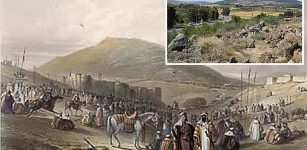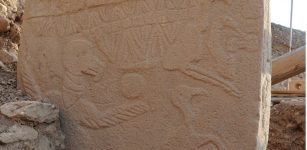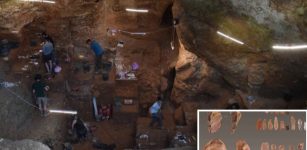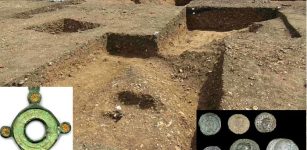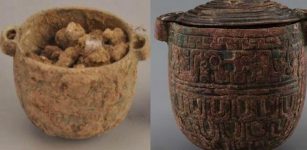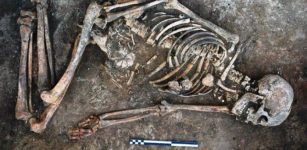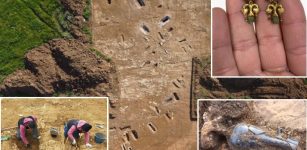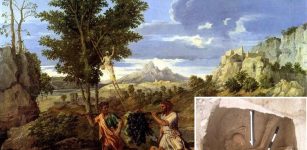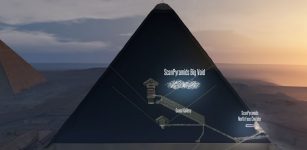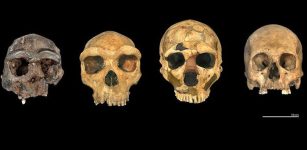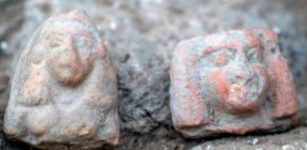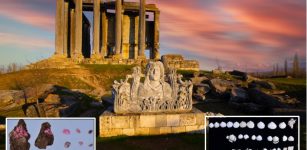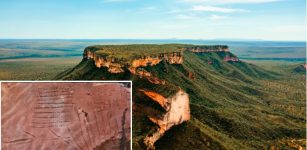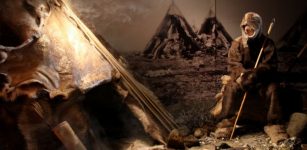Swedish Archaeologist Recreates Faces Of People Who Lived In The Distant Past
AncientPages.com - In his studio in the Stockholm suburban community of Tumba, Sweden, archaeologist-sculptor Oscar Nilsson is using 3D and 2D reconstructions of historical findings and set of skills to reconstruct faces of people who lived long before us.
Nilsson makes both written and unwritten history an up-close-and-personal experience for academics and the public alike. As a result we can see real faces of the ancient people not only their bones.

Face of a Stone Age man the so-called ‘Bredgården Man’ whose 9500 year-old remains were unearthed near Ulricehamn, Sweden in June 1994.
One of his upcoming projects involves the reconstruction of the face of a Stone Age man the so-called ‘Bredgårdsmannen’ (Bredgården Man) whose 9,500 year-old remains were unearthed at Marbäck, near Ulricehamn, Sweden in June 1994.
“Judging from his bones he was extremely robust with very broad shoulders,” said Nilsson.“
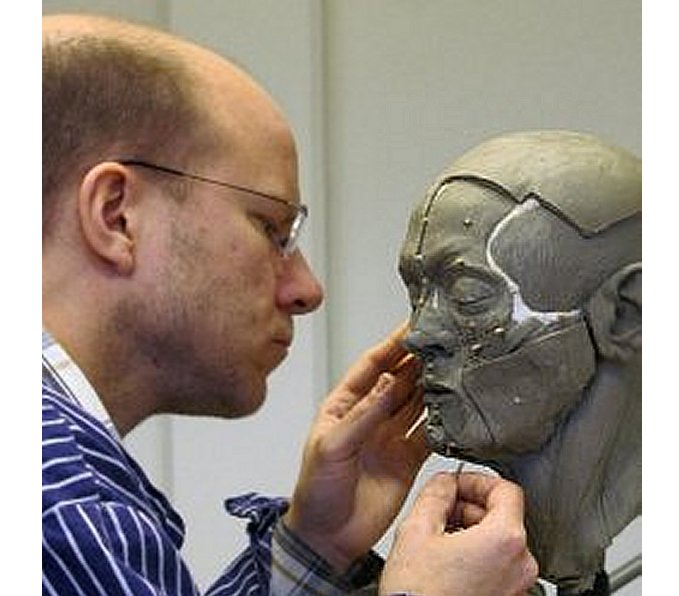
The hyper-realistic reconstructions of O.D. Nilssons´ are made by the sculptor and archaeologist Oscar Nilsson.
The skull of this 45-60-year-old man exhibits a significant elevated ridge running from his forehead to the back of his head, making it peak-shaped from a frontal view.
The result of the C14 dating confirmed that the Bredgården Man is Sweden’s oldest skeleton.
Nilsson will also make the facial reconstruction of a 14-year-old Stone Age girl whose remains were excavated together with a small child at Tybrind Vig in Denmark in the 1970’s.
At Tybrind Vig, archaeologists excavated unusually well-preserved artifacts from the Ertebølle Culture, a European Neolithic culture, including a large kitchen midden (an old dump for domestic waste) dated to approximately 5,400 f.Kr to 3,900 f.Kr (7,400-5,900 years before present) the old hunters' settlements were mostly located at the coast, preferably at small quiet inlets.
“To recover the girl’s remains and those of the child, archaeologists had to work underwater, as the bones were submerged 300 meters offshore to a depth of 3 – 4.5 meters,” said Nilsson.
“In her time, her place of rest would have been dry, hugging the shore, when there was a greater abundance of inland ice in Scandinavia and the sea level was lower.”

Oscar Nilsson made the reconstruction of the 'Stonehenge Man', whose grave was discovered in the late 19th century but the bones were recently the subject of extensive analysis and surveys. Photo by Clare Kendall/English Heritage
According to Nilsson, history is made of actual people and making a facial reconstruction is like opening a window to the past, an opportunity to see what the people from history really looked like.
So the face tells a direct story to the beholder, establishing an emotional and personal connection that text or written records can never accomplish.
Nilsson creates his pieces using 3-D models of the original skulls of his subjects. He develops models by applying non-drying plasticine clay to recreate the muscles and tissues using traditional sculpting tools and then applying the finishing work on acrystal molds of his resulting models.
His work is based on information about the times and places in which the persons lived, the contexts and circumstances of the original skeletal finds, and detailed findings from the examining osteologists and forensic experts about the skulls of the individuals excavated or exhumed.
The results provide three dimensional likenesses of the individuals and very realistic.
AncientPages.com
Expand for references



